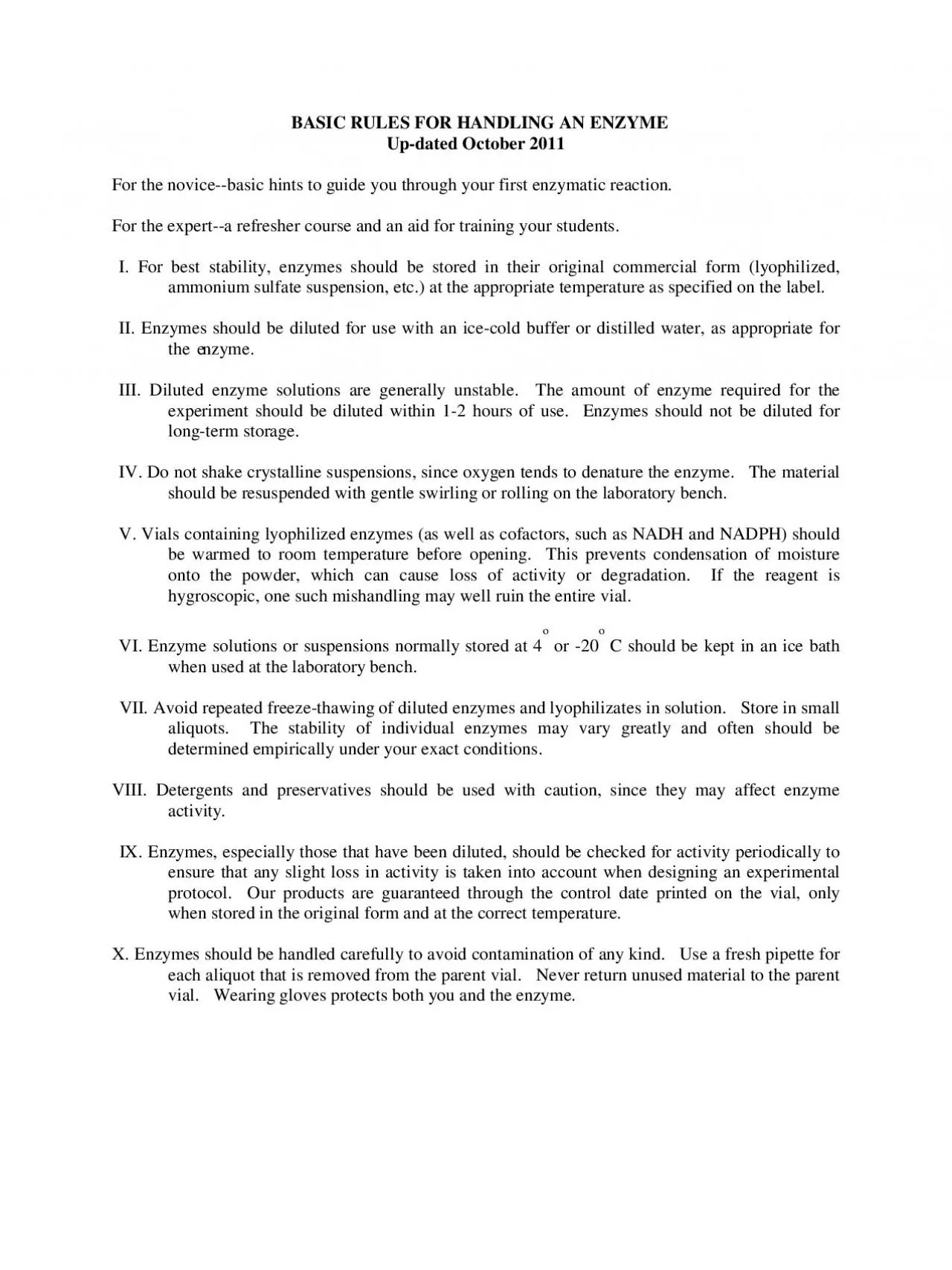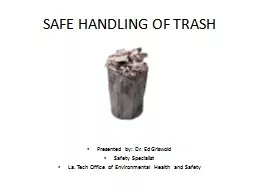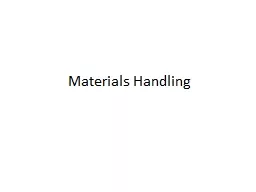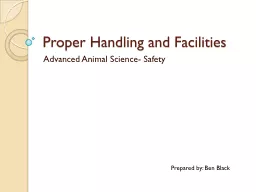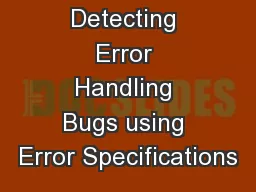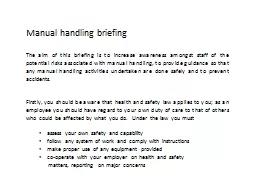PDF-BASIC RULES FOR HANDLING AN ENZYMEdated October 2011For the novicebasi
Author : ida | Published Date : 2022-09-08
XI Adjust the pH of the enzyme buffer at the temperature at which it will be used Manycommon buffers are exceptionally sensitive to temperature The pH of a solution
Presentation Embed Code
Download Presentation
Download Presentation The PPT/PDF document "BASIC RULES FOR HANDLING AN ENZYMEdated ..." is the property of its rightful owner. Permission is granted to download and print the materials on this website for personal, non-commercial use only, and to display it on your personal computer provided you do not modify the materials and that you retain all copyright notices contained in the materials. By downloading content from our website, you accept the terms of this agreement.
BASIC RULES FOR HANDLING AN ENZYMEdated October 2011For the novicebasi: Transcript
Download Rules Of Document
"BASIC RULES FOR HANDLING AN ENZYMEdated October 2011For the novicebasi"The content belongs to its owner. You may download and print it for personal use, without modification, and keep all copyright notices. By downloading, you agree to these terms.
Related Documents

